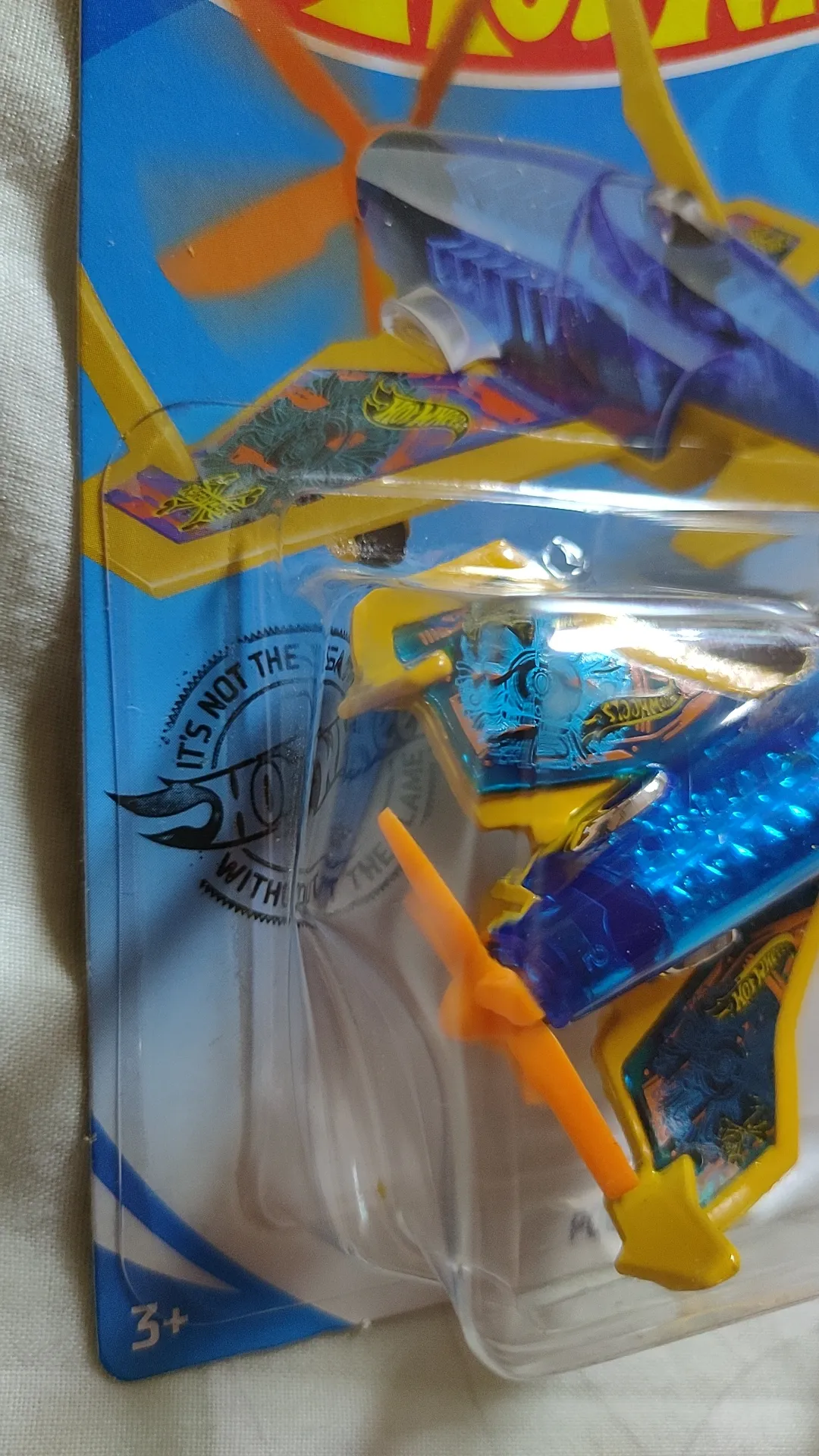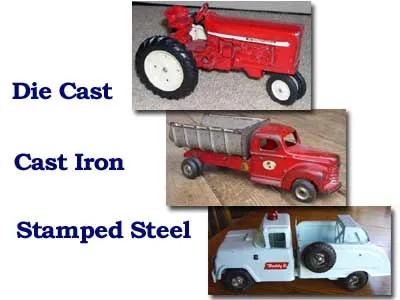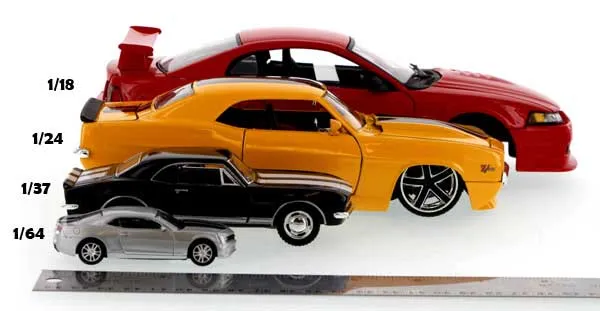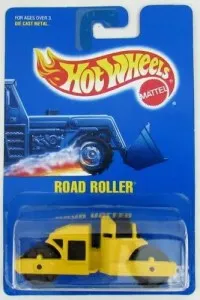What are Diecast Cars?
Diecast cars are miniature scale model vehicles produced using a die-casting process. These models are primarily made from a metal alloy, most commonly zinc, tin, and copper, though some plastic components are also used. The term “diecast” refers to the manufacturing process where molten metal is injected into a mold (die) under high pressure. This creates highly detailed and durable models, making them popular among collectors of all ages. They are not just toys but also represent historical and modern vehicles, showcasing intricate designs and accurate representations of real-world cars. The appeal of diecast cars lies in their realism, collectibility, and the nostalgia they evoke for car enthusiasts.
The Die-casting Process Explained
The die-casting process is a sophisticated method of manufacturing that ensures the high level of detail found in diecast cars. It begins with the creation of a die, which is essentially a mold made of steel. This mold is split into two or more parts to facilitate the ejection of the finished model. Molten metal alloy is then injected into the die under high pressure. This pressure forces the metal into every intricate detail of the mold, ensuring a precise reproduction of the car’s features. Once the metal cools and solidifies, the die is opened, and the finished diecast car is ejected. The process often includes trimming excess metal, cleaning, and preparing the model for painting and assembly. This method enables the production of complex shapes and fine details that would be impossible to achieve with other manufacturing processes.
Materials Used in Diecast Car Production

The primary material used in diecast car production is a metal alloy, which typically consists of zinc, tin, and copper. This alloy provides the necessary strength, durability, and weight that contribute to the model’s realistic feel. The composition of the alloy can vary slightly depending on the manufacturer, but the goal is always to create a material that can accurately capture fine details while withstanding handling and display. In addition to the metal alloy, other materials are used to complete the diecast car. These include plastic for the interior, tires, and sometimes other external parts. The windows are often made of clear plastic, while the paint used is of high quality to give a realistic finish. Rubber or plastic is used to create the tires, which adds to the realism of the models. The choice of materials is crucial in determining the overall quality, appearance, and value of the diecast car.
Different Scales of Diecast Cars
Diecast cars come in a variety of scales, each representing a specific ratio of the model’s size to the real-life vehicle. The scale is expressed as a fraction or ratio, such as 1:18 or 1:64, indicating how much smaller the model is compared to the original car. The most common scales include 1:18, 1:24, 1:43, and 1:64. Each scale offers different advantages in terms of detail, size, and cost. Larger scales, like 1:18, allow for greater detail and features, but they also take up more space and can be more expensive. Smaller scales, like 1:64, are more compact and affordable, making them ideal for collectors who want to amass a large collection without taking up too much space. The choice of scale often depends on personal preference, collecting goals, and available display space.
Popular Diecast Car Scales
Several scales have become particularly popular among diecast car collectors. The 1:18 scale is popular for its high level of detail and the ability to include functional features like opening doors and working steering. These models are often prized for their realism and are a great way to admire the car’s design. The 1:24 scale is another favorite, offering a balance between detail and size, making it suitable for both display and play. This scale is a standard size, as it is easy to see and appreciate the car’s details. The 1:43 scale is a popular option, especially for collectors who prefer a larger collection without excessive space. This scale offers a good balance of detail and affordability, making it ideal for displaying many models. Finally, the 1:64 scale, also known as the “Matchbox” or “Hot Wheels” scale, is hugely popular due to its affordability and compact size. These are easily stored and are great for playing and collecting.
Factors Affecting Diecast Car Value

Several factors determine the value of a diecast car, impacting its desirability and collectibility. One of the most important factors is the level of detail, including the accuracy of the model’s features, the quality of paintwork, and the functionality of moving parts. Rare or limited edition models often command higher prices, as their scarcity increases their demand. The condition of the car is also critical, with models in mint condition typically being worth more than those with damage or wear. The original packaging, including the box and any included accessories, can significantly increase the value. Brand reputation and the manufacturer’s reputation, also play a role, with models from established brands such as Hot Wheels, Matchbox, and premium brands being highly sought after. Finally, the historical significance of the car, such as its association with famous events or individuals, can elevate its value in the eyes of collectors.
Rarity and Limited Editions
Rarity and limited editions are crucial factors in determining a diecast car’s value. Limited edition models are produced in smaller quantities, making them more exclusive and desirable to collectors. These models often feature unique details, special paint schemes, or are based on rare real-life vehicles. The lower the production run, the more valuable the model tends to be, as it becomes harder to find and acquire. Certain models are released in specific markets or for special events, further increasing their rarity. Collectors actively seek out these rare items, often willing to pay a premium to add them to their collections. The availability of limited editions can significantly influence the overall market value of diecast cars, creating a dynamic that keeps the collecting hobby exciting and competitive.
Condition and Preservation
The condition of a diecast car is a crucial factor in determining its value. Models in mint condition, with no scratches, chips, or other imperfections, are highly prized. The original packaging also plays a significant role, as it helps protect the model and preserve its condition. Collectors often keep their diecast cars in their original boxes, carefully storing them away from direct sunlight, extreme temperatures, and humidity to prevent damage. Regular cleaning and careful handling are essential to maintain the car’s condition. Collectors also use various methods to protect their models, such as using display cases, and taking care not to handle them too frequently. Preserving a diecast car in excellent condition not only increases its value but also reflects the collector’s dedication to the hobby.
The History of Diecast Cars

The history of diecast cars dates back to the early 20th century, with the earliest models appearing in the 1900s. Initially, these models were simple and primarily used as toys. However, as manufacturing techniques improved, so did the level of detail and realism. Diecast cars started to gain popularity as collectables in the mid-20th century, with manufacturers like Dinky Toys and Corgi Toys producing a wide range of models based on popular vehicles. The introduction of more advanced die-casting techniques, such as the use of higher-pressure injection and improved alloys, allowed for more intricate designs and functional features, such as opening doors and working steering. These advancements increased the appeal of diecast cars among both children and adult collectors, paving the way for the thriving hobby it is today.
Early Diecast Models
The first diecast cars were simple toy vehicles, primarily aimed at children. These early models were generally smaller in scale and lacked the level of detail found in modern diecast cars. Manufacturers like Dinky Toys, a British company, played a significant role in the early development of diecast cars, producing models of various cars, trucks, and other vehicles. These early models were simple castings, typically with minimal moving parts and basic paint schemes. Despite their simplicity, these early diecast cars laid the foundation for the hobby of collecting scale models. These models were essential for introducing the idea of a scaled-down vehicle. They also created a niche for detailed collectibles. The simple toy concept transformed into an advanced hobby.
Evolution of Diecast Car Detailing
The evolution of diecast car detailing has been remarkable, with manufacturers constantly improving their techniques to create more realistic and detailed models. Early diecast cars featured basic paint schemes and few moving parts. Over time, manufacturers began to incorporate more complex details, such as realistic interiors, detailed engine compartments, and working lights and doors. The use of advanced manufacturing techniques, such as photo-etching, tampo printing, and precise molding, allowed for finer details and more accurate representations of real-life vehicles. Modern diecast cars often include intricate features like detailed dashboards, realistic tires, and even functional suspensions. This ongoing focus on realism and detail has increased the appeal of diecast cars to collectors and enthusiasts, making them a highly sought-after hobby.
Collecting Diecast Cars

Collecting diecast cars is a popular hobby enjoyed by people of all ages. It is a fantastic way to indulge in a passion for cars, history, and detailed craftsmanship. Collectors often specialize in specific types of models, such as classic cars, race cars, trucks, or particular brands. The hobby involves a continuous search for models to add to your collection, which can be found in specialty shops, online marketplaces, and collector shows. Collecting diecast cars can be both a rewarding and educational experience. It offers a chance to connect with other enthusiasts, share knowledge, and appreciate the artistry and engineering behind these miniature replicas. The joy of collecting lies not just in acquiring the models but also in the stories they tell about the cars, the history, and the people who created them.
Displaying Your Collection
Displaying a diecast car collection is as important as collecting the models themselves. Proper display can showcase the collection’s beauty and protect the models from damage. Collectors use various display methods, including shelves, cabinets, and specialized display cases. Shelves offer a simple and effective way to arrange models, allowing them to be easily seen and appreciated. Cabinets, especially those with glass doors, provide protection from dust and other environmental factors while still allowing the models to be visible. Specialized display cases offer additional features, such as lighting and adjustable shelves, to enhance the presentation of the collection. The chosen method will depend on the size of the collection, the available space, and the collector’s aesthetic preferences. Arranging models by scale, brand, or type can create a visually appealing and organized display.
Caring for Your Diecast Cars
Caring for diecast cars is essential to maintain their condition and preserve their value. Regular cleaning is important to remove dust and dirt. This is done by using a soft brush or cloth to gently wipe the models. Avoid using harsh chemicals or abrasive cleaners. Store the models in a cool, dry place away from direct sunlight and extreme temperatures. These conditions can cause paint fading and damage. If storing the models in boxes, ensure they are stored in a way that prevents moisture or dust from entering. Avoid handling the models excessively. Frequent handling can lead to scratches and wear. Using gloves or handling the models by their chassis can reduce the risk of damage. By following these simple care tips, collectors can ensure their diecast cars remain in pristine condition for years to come.
Where to Buy Diecast Cars?

Diecast cars can be purchased from various sources, making it easy for collectors to find the models they are looking for. The best places to find models include online marketplaces, specialty shops, and collector shows. Each source offers unique advantages in terms of selection, pricing, and the collector’s experience. For newcomers, it’s essential to explore the different options available to find the most suitable option. Understanding the benefits and drawbacks of each source can significantly enhance the collecting journey and make acquiring desired models more enjoyable. Collectors can often find great deals and rare models through a combination of sources. This also helps them to build a collection.
Online Marketplaces
Online marketplaces like eBay, Amazon, and specialized diecast car websites offer a vast selection of models from different brands and scales. These platforms often feature a wide range of new, used, and rare models, making it easy to find specific items. The convenience of shopping online, combined with the ability to compare prices and read reviews, makes it a great option for collectors. Online marketplaces can also be great for finding great deals on models. The downside is the risk of purchasing a damaged or misrepresented model. It’s crucial to buy from reputable sellers and check reviews to minimize this risk. Also, the competitive nature of these marketplaces sometimes leads to inflated prices. Online marketplaces remain a convenient and diverse option for building a diecast car collection.
Specialty Shops and Shows
Specialty shops dedicated to diecast cars provide a more curated and personalized shopping experience. These shops often have knowledgeable staff who can provide expert advice and guidance. They have the opportunity to see and inspect the models before making a purchase. These shops will showcase rare or limited-edition models. Collector shows and conventions are great places to find models. They gather collectors and dealers from around the world. These events offer the opportunity to see a vast array of models, meet fellow enthusiasts, and often find rare or hard-to-find items. Collector shows are a great opportunity to network with others who share an interest in the hobby. These events will enhance the collecting journey by fostering a sense of community and providing access to a unique array of models and resources.
Top 7 Facts About Diecast Cars

Diecast cars are more than just toys; they are miniature works of art that capture the essence of automotive history and design. From the intricate die-casting process to the diverse scales and the passion of collectors, they represent a unique world of collecting. Here are seven key facts:
- Diecast cars are made using the die-casting process, where molten metal is injected into a mold under high pressure.
- They come in various scales, with 1:18, 1:24, 1:43, and 1:64 being the most popular.
- Rarity and limited editions significantly impact their value.
- Condition and preservation are critical for maintaining value.
- Early diecast models emerged in the early 20th century.
- Detailing has evolved dramatically, with modern models featuring incredible realism.
- Collecting diecast cars is a rewarding hobby enjoyed by enthusiasts worldwide.
